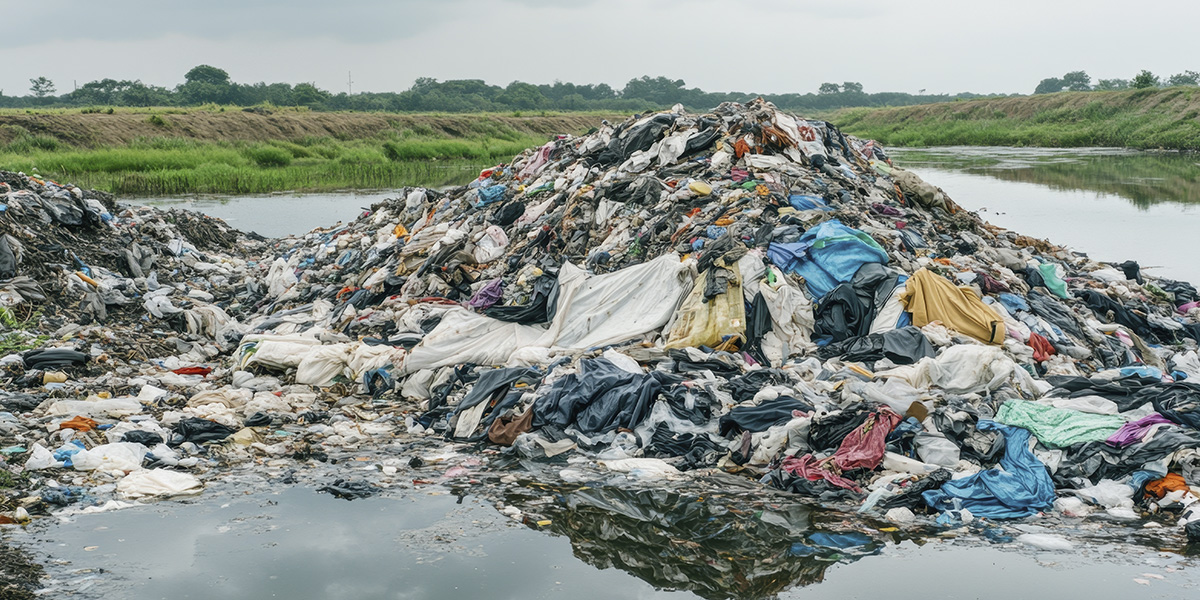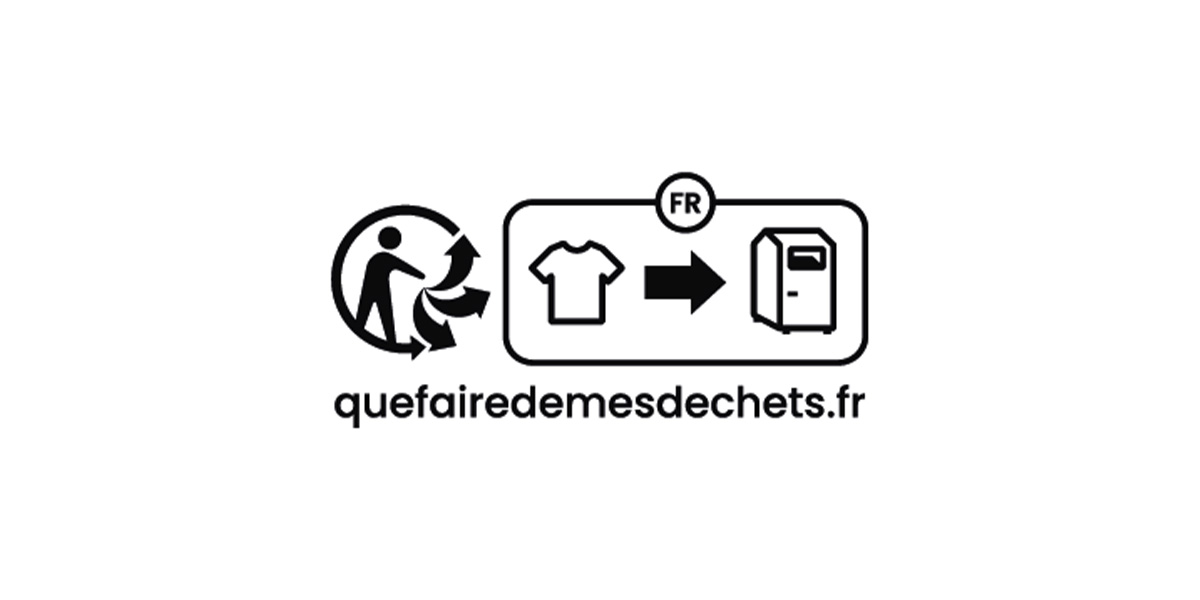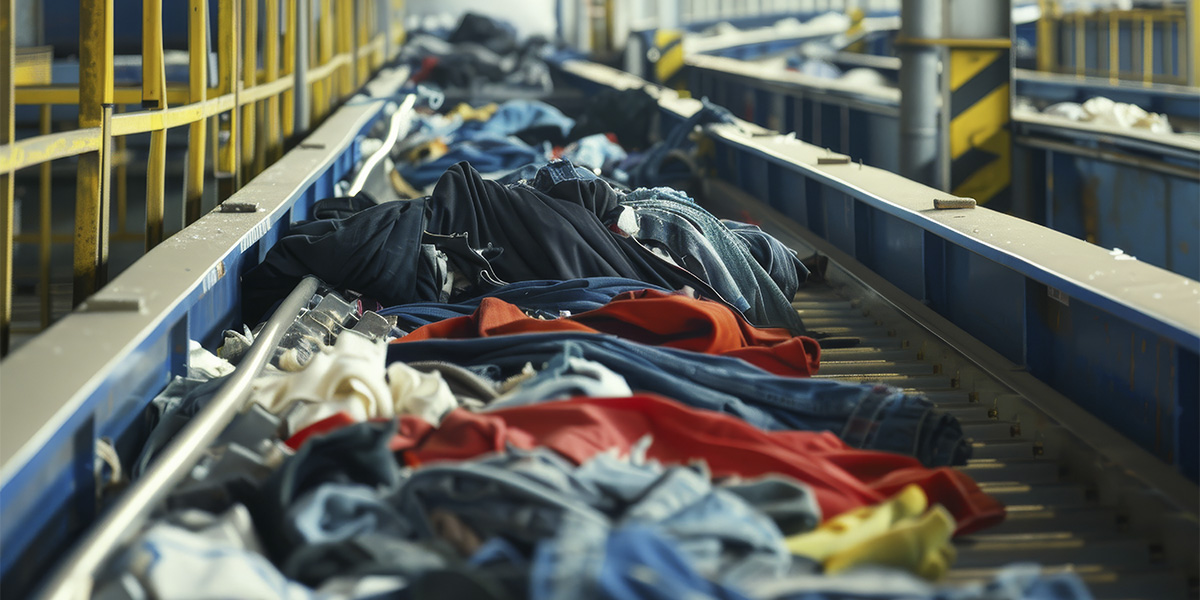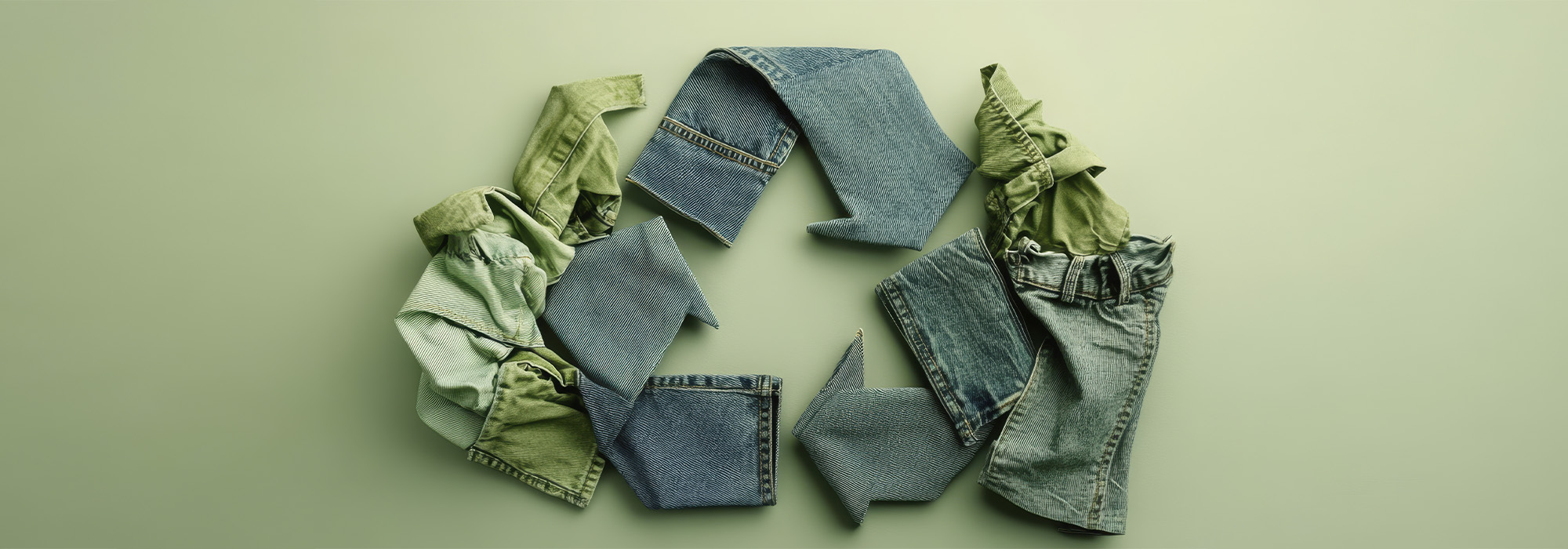Every year, the textile industry generates a massive environmental impact. According to the European Environment Agency (EEA), around 4 million tonnes of textiles are put on the market in Europe, and almost 60% end up in the bin. The sector is also responsible for 10% of global greenhouse gas emissions, according to ClimateSeed. What’s more, according to Oxfam France, with an annual consumption of 93 billion cubic metres of water, it is one of the most resource-hungry sectors in the world. Given these figures, textile recycling is an essential solution for reducing waste, preserving natural resources and promoting the circular economy.

Why recycle?
Recycling textiles helps to limit the environmental impact of the fashion industry, which consumes significant natural resources such as water and energy. It also reduces the volume of waste sent to landfill or incineration, while recovering materials for new uses.
The steps involved in recycling textiles.
1) Sorting used clothes and textiles
Textiles that are still in good condition can be donated to associations or resold. Clothing and textiles that are too damaged should be sent to collection points for recycling.
2) Check the recycling instructions
Textiles eligible for recycling include not only clothing, but also shoes (in pairs), household linen, bags and accessories. Even if they have holes, tears or are worn out, they can be recycled as long as they are clean and dry.
The TRIMAN logo on labels or packaging indicates that a product can be recycled. This marking has become compulsory in France and greatly simplifies the identification of recyclable products.

3) Deposit textiles at collection points
Dedicated bins are available near supermarkets, at waste collection centres or from associations. Some clothing shops also organise collections.
What happens to recycled textiles?
Once collected, the textiles are sorted: reusable items are redistributed, while damaged textiles are recycled. The fibres recovered are transformed into insulation, padding or raw materials for new textile products.

Recycling textiles is a responsible and accessible approach.
Recycling textiles doesn’t take much effort, but it can have a big impact on the environment. Everyone can do their bit by sorting, finding the right collection points and changing their consumption habits. This simple act helps to conserve resources, reduce waste and give new life to used materials.
Acting now for a sustainable future
Giving a second life to damaged or unused textiles is much more than a simple gesture: it’s a concrete action to reduce waste, preserve natural resources and limit the impact on the climate. Each recycled garment is a step towards more responsible consumption and a planet that respects its inhabitants. Acting today means guaranteeing a sustainable future for tomorrow.






